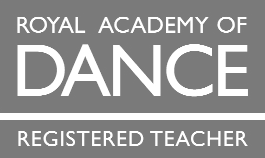
What is Classical Ballet?
Why is classical ballet better or different than other types of ballet?
The notion that all classical ballet training is the same is misleading and false. Dancing schools vary in their approach to teaching ballet based on the experience and background of instructors and studio owners. Classical ballet by its very nature is a precise physical art concerned with shape, line, coordination, and correct placement. The training requires patience and continual study over time all while under the watchful eye of qualified instructors and faculty.
Whereas many Dancing schools include ballet as a portion of overall dance training, alternative techniques thrive in these schools independently from ballet with the emphasis on fame and commercial theatrical success. Ballet schools, such as the CDC, with a certified system and syllabi in place create quality dance instruction that is unified in approach. Quality dancers are produced who are self-discipline, skilled and focused. They flourish in and out of the classroom. Many go on to have careers in dance or move into fields that require the skills they learned while dancing such as medicine, science, engineering or the arts.
Exams
Exams are held annually in the school in association with the Royal Academy of Dance (R.A.D.) whose aims are to provide the highest possible standard of classical ballet teaching while stressing the importance of every student having an achievable goal.
Examiners are sent by the Academy from various parts of the world and the United States to preside. Marks are given and a report that indicate a student’s progress and achievement level.





